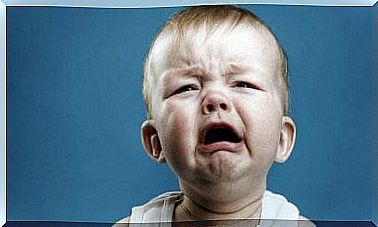Planning Error: Cause Of Unproductivity

Planning error is a concept we all know. It’s about the notorious phenomenon where plans don’t match the facts. Especially in terms of time.
It happens in any field. In the workplace and in personal life. We see this when we make a list of tasks to be done and at the end of the day, week or month, many of those activities are still pending.
This inconsistency between plans and executions obviously has time-consuming consequences. However, it also has implications in terms of resources, productivity and efficiency. The planning error can even have very serious emotional effects.
The source of the planning error
At the beginning of the industrial era, the planning error began to be talked about, although not exactly by that name. When industrial and then series production began, the time factor became particularly relevant. The central goal was defined by maximum production in the least amount of time. On this depended, and still does, profitability.

Since then, both in the corporate and individual spheres, planning has become an important exercise. Despite this, it quickly became apparent that paper plans hardly ever fit the actual execution.
It took several decades before highly coherent industrial planning could be achieved. At the same time, at the individual and corporate level, where production depends more on people than machines, this began to be seen as one of the fundamentally impossible tasks.
It was 1979 when Daniel Kahneman and Amos Tversky postulated the existence of the planning error. They realized that the problem was very common and discovered that it was due to a cognitive bias. A self-deception associated with limitations in the perception of reality.
Characteristics of the planning error
Over time, it was possible to describe in detail the characteristics of the planning error. Today this is understood as an illusory perception of time which leads to errors in the planning of activities.

The main characteristics of the planning error are detailed below:
- When planning, the visualization of the most optimistic scenario stands out. This means that plans are made based on the idea that everything will go smoothly, with no setbacks, bottlenecks or unforeseen events.
- Illusory thinking stands out. This is the name given to the kind of approach in which one’s desire influences more than an objective assessment of reality. In other words, you think about what you want.
- There is an inadequate interpretation of one’s commitment. When planning, the person positively evaluates their abilities. It assumes being able to do things very smoothly and in a short time. This is one of the central factors in the planning error.
- If planning is done collectively, people tend to get carried away with the desire to impress others. In this case, you want to show that you are very efficient and that is why inaccurate calculations of the time required for the activities are made.
It is equally common to have the belief that the faster things are done, the better they will be valued by others. This induces to plan the necessary time lightly.
The consequences of the planning error
The main consequence of planning failure is inadequate time management. In some cases this also implies an imbalance in the management of resources and a poor evaluation, depending on the expectations.
However, this is not the worst aspect. What is really expensive is the price paid in the emotional field. The subjective result of the design error is a feeling of constant frustration. Together with a variable dose of permanent stress. Failing to reach an expectation causes feelings of tension and discomfort.

To avoid this cognitive bias, previous experiences need to be noted. These provide reliable data on the real time required by each activity. When planning, it is always better to offer an extra margin of time to deal with any contingencies or unforeseen events. This avoids falling into these frustration cycles that create so much harm.









